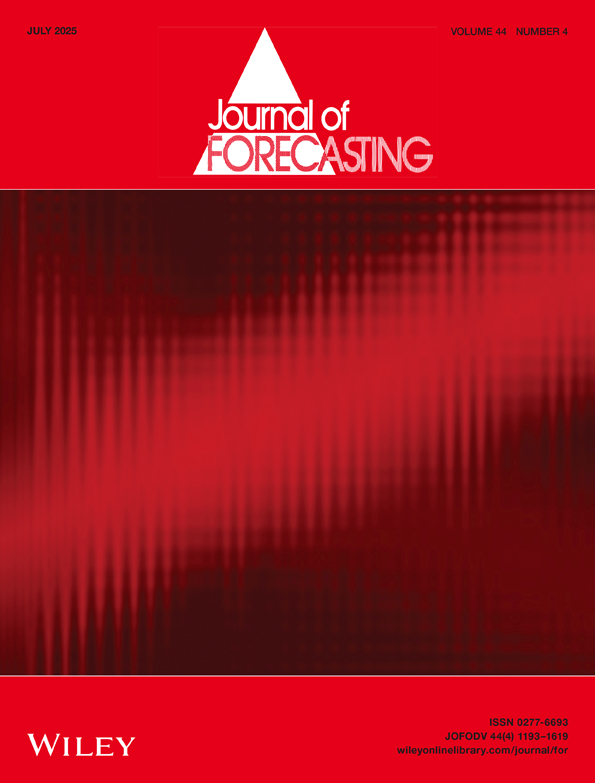Crossproduct Effect and Volatility Forecasting
Funding: This paper is supported by the National Natural Science Foundation of China (Grant No. 72271055).
ABSTRACT
This paper explores if the crossproduct of return and realized volatility measure contributes to volatility forecasting. We find there is an asymmetric crossproduct effect in volatility and propose a realized asymmetric GARCH (henceforth RealAGARCH) model. The RealAGARCH model is a generalization to the absolute GARCH and the asymmetric GARCH. Moreover, the RealAGARCH model has a news impact surface instead of a news impact curve, which makes it different from other GARCH-like models. Empirical performance of the RealAGARCH model is evaluated on a variety of stock indices, and the results show dominance of RealAGARCH over the benchmark RealGARCH judging by either in-sample or out-of-sample forecasting performance. A battery of checks confirm the robustness of our findings and thus the importance of incorporating crossproduct effect into volatility forecasting.
Open Research
Data Availability Statement
The data that support the findings of this study are openly available in Oxford MAN Realized Library at https://realized.oxfordman.ox.ac.uk/.




